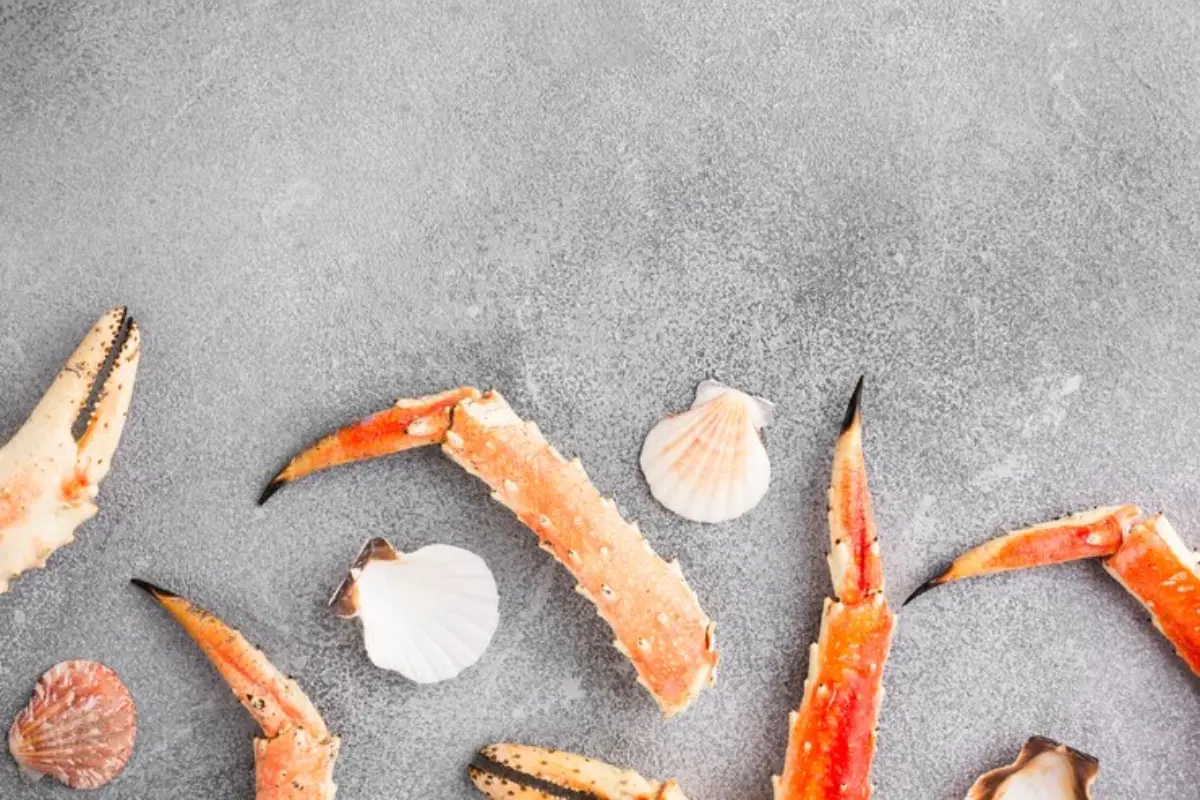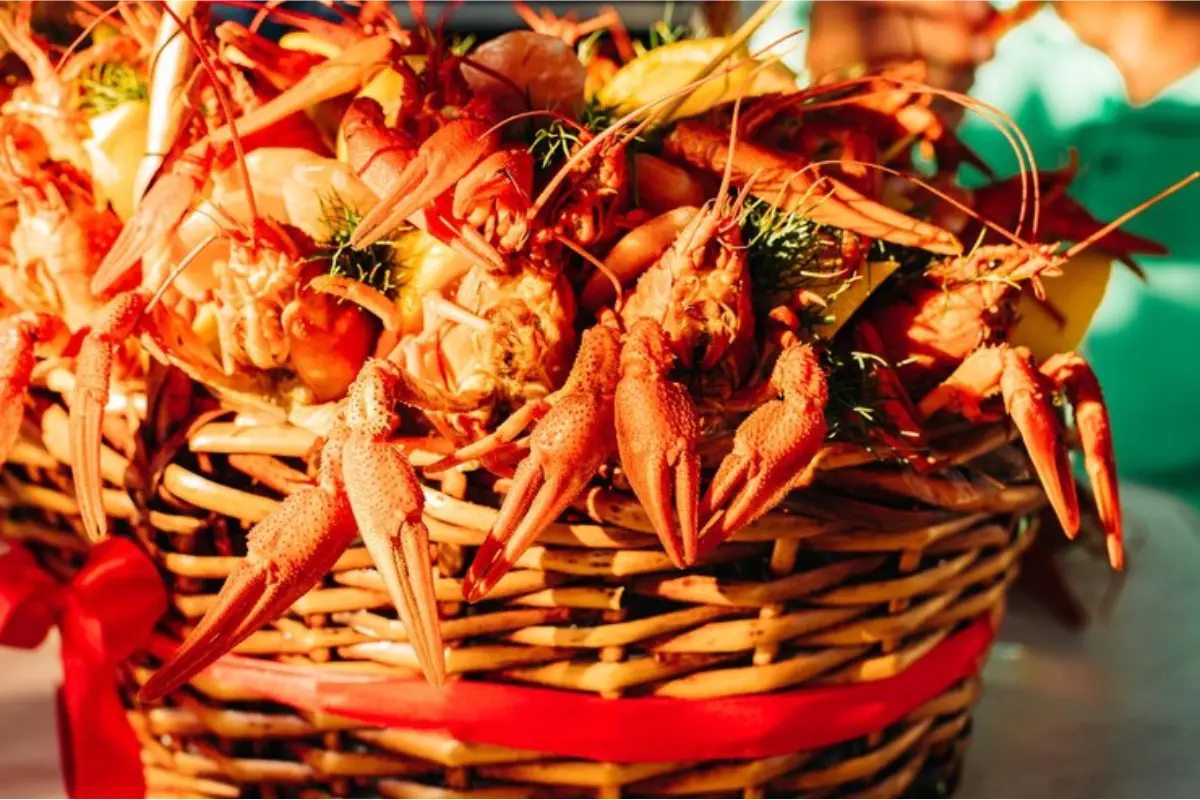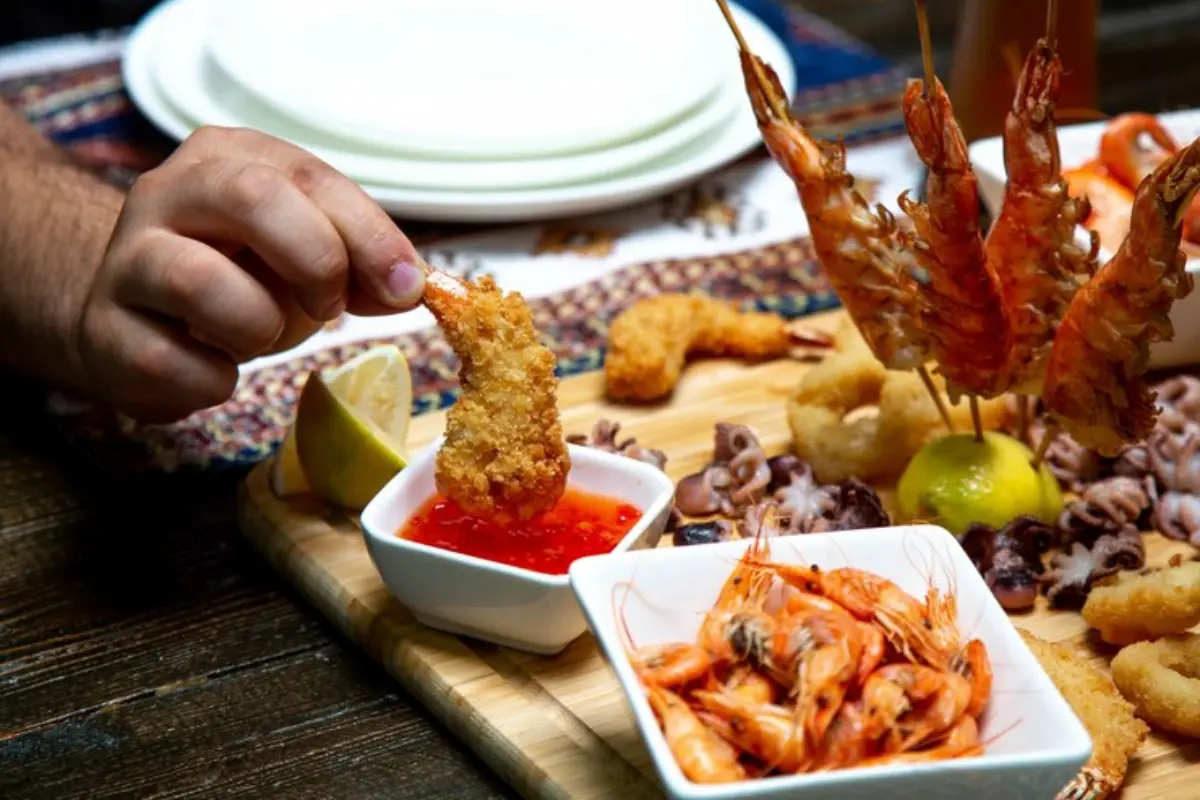In the culinary world, snow crab legs stand out as a luxurious delicacy, often gracing the tables of high-end seafood restaurants and special family gatherings alike. But have you ever wondered why these succulent morsels come with a hefty price tag? This article delves into the myriad of factors contributing to the high cost of snow crab legs, from the labor-intensive harvesting process to the intricate dance of supply and demand in the global seafood market. As we peel back the layers, we’ll explore not just the economic and environmental factors at play, but also consumer perceptions and the undeniable allure of this exquisite seafood. So, let’s dive into the deep waters of understanding the expensive snow crab legs phenomenon.

Introduction to Snow Crab Legs
Snow crab legs, with their sweet, tender meat, are more than just a meal; they’re an experience. Revered for their delicate flavor and succulent texture, these crustaceans have carved out a niche in the luxury seafood market. But what exactly are snow crabs, and why do their legs carry such a premium?
The Allure of Snow Crab Legs
Snow crabs, hailing from the chilly waters of the North Atlantic and North Pacific oceans, are a prized catch. Their legs, in particular, are sought after for their rich, sweet meat. Unlike other seafood, snow crab legs offer a unique taste and texture that has seafood aficionados coming back for more. It’s this high demand, coupled with the challenges of harvesting, that sets the stage for their steep prices.
Harvesting Challenges: A Labor of Love
Catching snow crabs is no small feat. Fishermen brave the icy, treacherous waters in pursuit of these crustaceans, often facing harsh weather conditions and risking their safety. Once caught, the process of sorting, cooking, and freezing the legs for transport is both time-consuming and labor-intensive. This meticulous process ensures that only the finest quality crab legs make it to your plate, but it also contributes to the overall cost.
Moreover, snow crabs are not available year-round, which adds a layer of complexity to their availability. Their seasonal nature means that during off-peak times, the prices can soar even higher due to limited supply.
A Delicacy in Demand
The popularity of snow crab legs has surged in recent years, not just among seafood lovers but also in culinary circles. Chefs around the world vie to include these delicacies in their menus, creating exquisite dishes that showcase their flavor and texture. This demand, both from consumers and the culinary industry, drives up the price, making snow crab legs a symbol of luxury and indulgence.
In conclusion, the allure of snow crab legs lies not just in their taste but also in the intricate journey from ocean to table. The challenges of harvesting, combined with their seasonal availability and high demand, culminate in the premium price tag attached to these seafood treasures. As we continue to explore the factors influencing their cost, it becomes clear that snow crab legs are more than just food; they’re a testament to the beauty and bounty of the sea.




